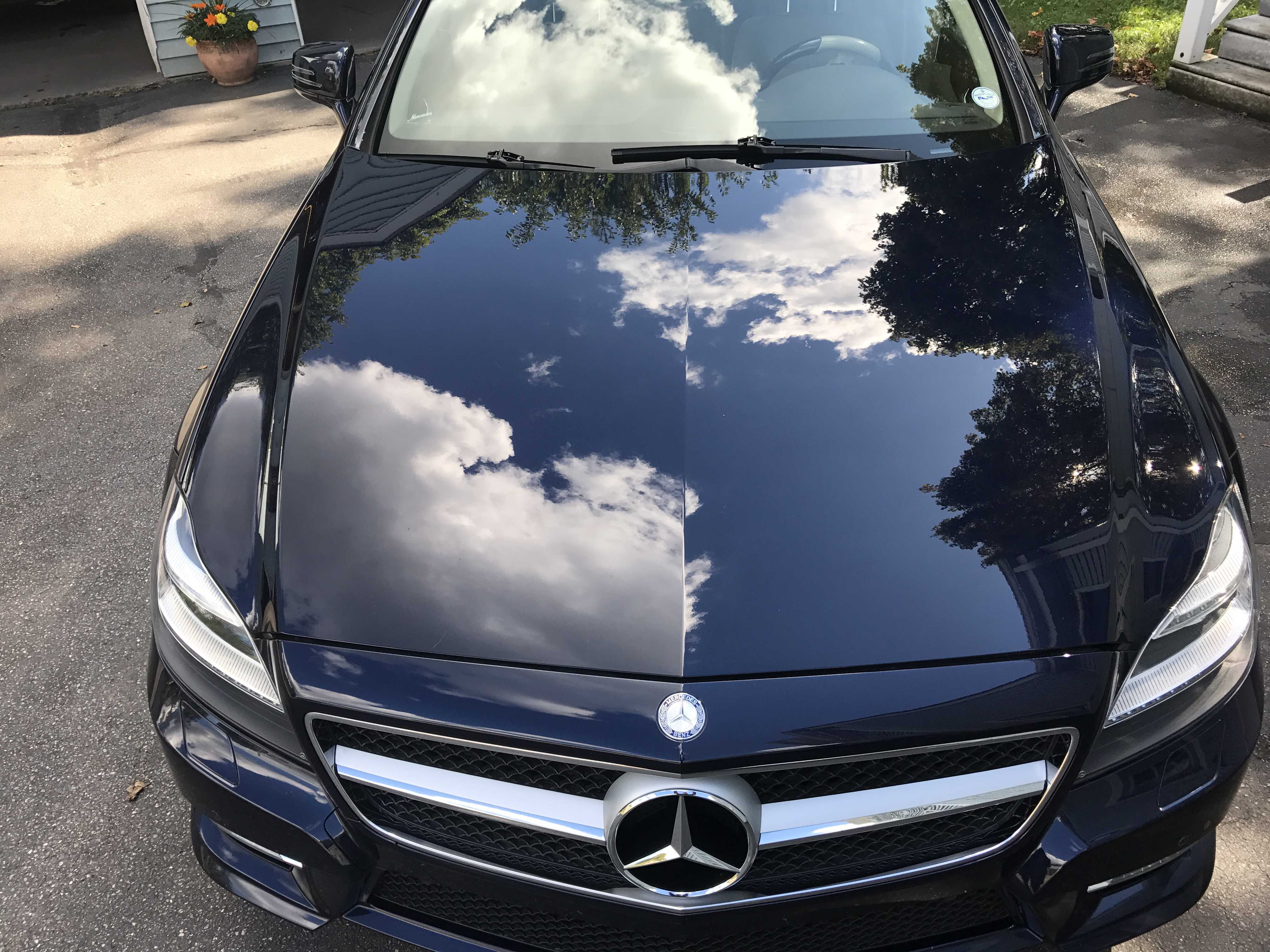Just How Ceramic Coating Philadelphia Guards Versus UV Rays and Environmental Damages
Just How Ceramic Coating Philadelphia Guards Versus UV Rays and Environmental Damages
Blog Article
Why Ceramic Coating Is the Ultimate Service for a Remarkable End Up
Ceramic coating has become a leading service for those seeking a remarkable surface for their cars, thanks to its remarkable longevity and safety functions. This sophisticated liquid polymer not just bonds flawlessly with factory paint but likewise uses an awesome barrier versus usual threats such as scrapes, UV rays, and environmental pollutants. Furthermore, its hydrophobic homes simplify maintenance while improving aesthetic appeal. However, understanding just how this modern technology contrasts to typical approaches and discovering its application nuances can disclose much more about its worth. What factors genuinely established ceramic covering apart?
What Is Ceramic Covering?

When used correctly, ceramic finish develops a hydrophobic surface that repels water and dust, making it less complicated to cleanse and preserve. Unlike conventional waxes or sealers, which commonly supply short-lived security, ceramic coatings can last for a number of years, depending on the item top quality and application approach. The procedure of applying ceramic layer needs thorough prep work, consisting of detailed cleansing and occasionally repaint adjustment, to make certain optimum bonding and performance.
Ceramic coatings are not limited to automotive surface areas; they can additionally be utilized on numerous materials, consisting of glass, metal, and plastics, supplying a versatile option for enhancing security. Generally, ceramic covering represents a considerable improvement in surface area defense innovation, integrating both visual and functional benefits for a wide variety of applications.
Benefits of Ceramic Coating
While lots of surface area protection options exist, the advantages of ceramic finish attract attention as a result of its one-of-a-kind homes and resilient efficiency. Among the primary benefits is its remarkable longevity. Ceramic Coating Philadelphia. Unlike standard wax or sealants that require regular reapplication, ceramic layers give a durable layer that can last for several years, dramatically reducing maintenance efforts
Another remarkable advantage is improved protection against environmental contaminants. Ceramic finishings produce a hydrophobic surface that wards off water, dust, and various pollutants, making it easier to clean. This feature not just maintains the vehicle's look however also decreases the risk of corrosion and oxidation, specifically in rough weather conditions.
Furthermore, ceramic finishings provide remarkable resistance to UV rays, protecting against fading and deterioration of paint with time. This UV defense is important for maintaining the aesthetic worth of vehicles and surfaces revealed to route sunlight.
Additionally, the glossy coating achieved with ceramic coating boosts the general aesthetic charm, providing surfaces a showroom-quality shine. In general, ceramic finishes stand for a substantial development in surface area security technology, offering long-lasting advantages that satisfy both useful and aesthetic requirements.
How It Works
Recognizing the science behind ceramic finishes reveals exactly how they offer such impressive security and long life. At its core, a ceramic finishing is a liquid polymer that chemically bonds with the vehicle's factory paint.
The application procedure involves several steps, consisting of surface preparation, which is critical to accomplishing ideal bond. As soon as applied, the layer undergoes a healing process, throughout which it solidifies and creates a semi-permanent bond with the paint surface. This bond is what differentiates ceramic coverings from conventional waxes and sealants, giving a longer-lasting protective barrier that can endure for many years.
Additionally, the density of the finish can boost its protective high qualities, guaranteeing that it can hold up against harsh problems. Eventually, the scientific research of ceramic layers integrates innovative materials with ingenious application methods to supply an unmatched degree of security and aesthetic enhancement for cars.
Comparison With Traditional Methods
The advantages of ceramic finishes become especially apparent when contrasted to standard paint defense techniques such as sealants and waxes. While waxes use a momentary luster, typically lasting a few weeks to a number of months, ceramic finishes give a durable protective layer that can withstand for a number of years. This resilience substantially lowers the regularity of reapplication, making ceramic finishings an extra cost-effective option gradually.
Additionally, traditional techniques often need substantial preparation and multiple applications to attain a satisfactory level of index protection. On the other hand, ceramic layers bond at a molecular level with the car's surface, developing a robust shield versus ecological impurities like UV rays, acid rain, and roadway salts. This bond improves the vehicle's resistance to scrapes and swirl marks, which are prevalent with conventional waxes and sealants.
Additionally, the hydrophobic residential or read what he said commercial properties of ceramic finishings push back water and dust, leading to simpler cleansing and maintenance. In comparison, wax and sealant-treated surfaces can bring in gunk, demanding even more frequent cleaning - Ceramic Coating Philadelphia. Generally, ceramic coatings not just provide exceptional defense yet likewise supply a more visually enticing and enduring surface, establishing them as the preferred option for discerning car proprietors
Application and Upkeep Tips

Utilizing a foam applicator, use the finish in tiny sections, following the producer's standards concerning density and overlap. Enable sufficient healing time in between coats, generally 24-hour, to make sure correct bonding. After application, it is critical to avoid exposure to water or rough aspects for a minimum of a week to permit the layer to completely cure.
Furthermore, using a ceramic maintenance spray can boost the covering's hydrophobic homes and durability. Regular examinations for any indications of wear will certainly help keep the finish's stability and protect that immaculate finish.
Verdict
In conclusion, ceramic covering emerges as an exceptional option for achieving a perfect automotive coating. By developing a robust bond with factory paint, ceramic finishing effectively shields against scrapes, UV rays, and environmental contaminants.

Report this page